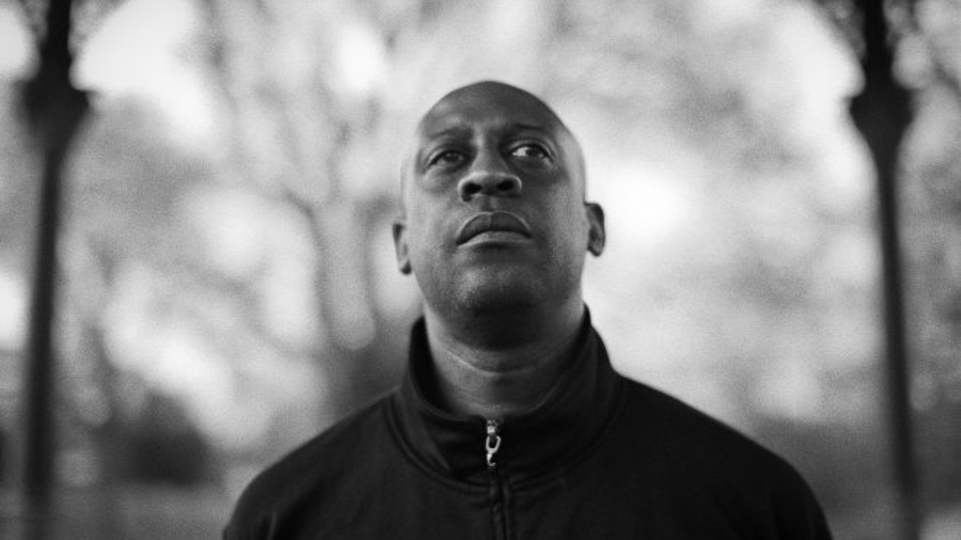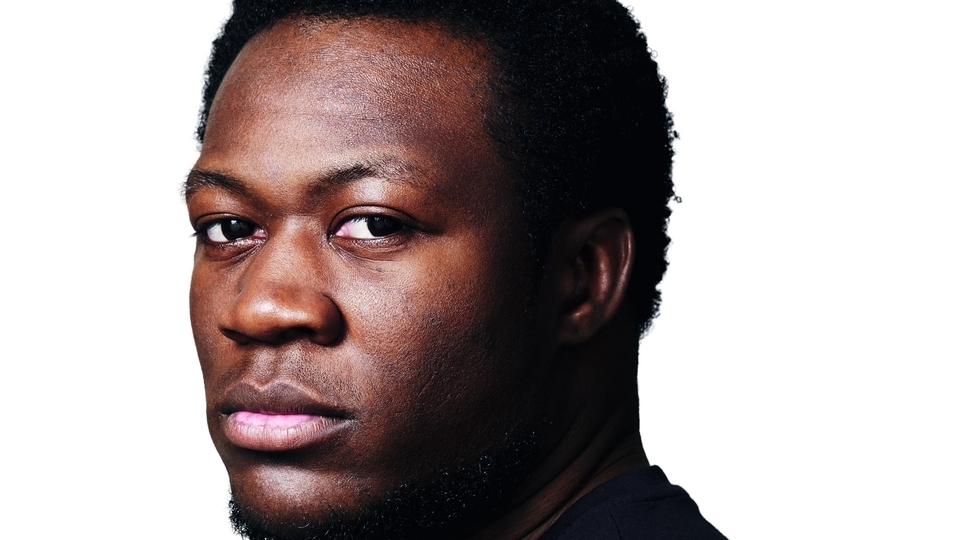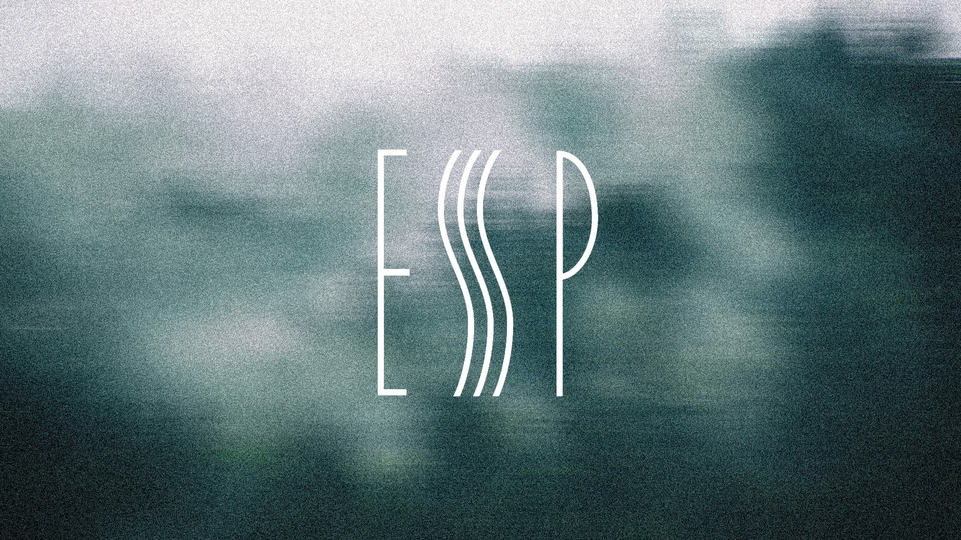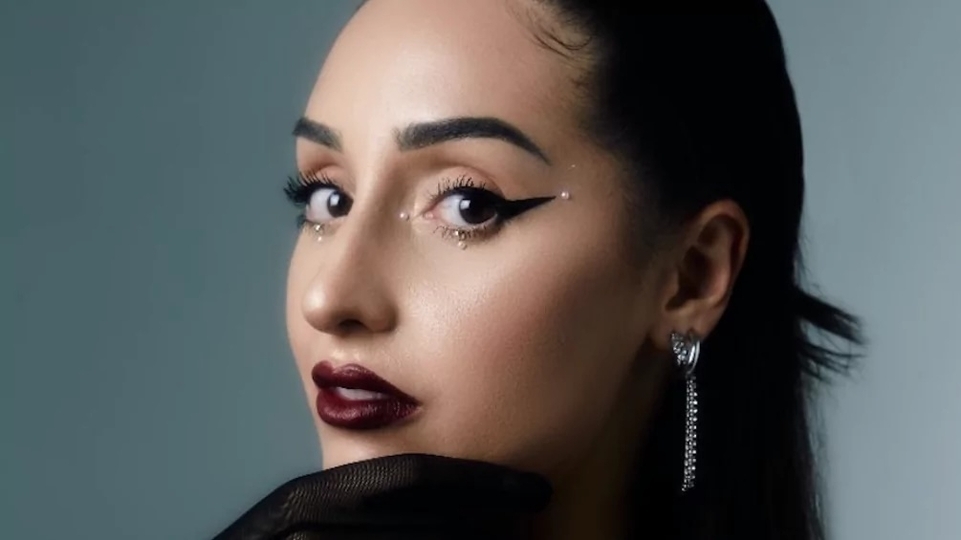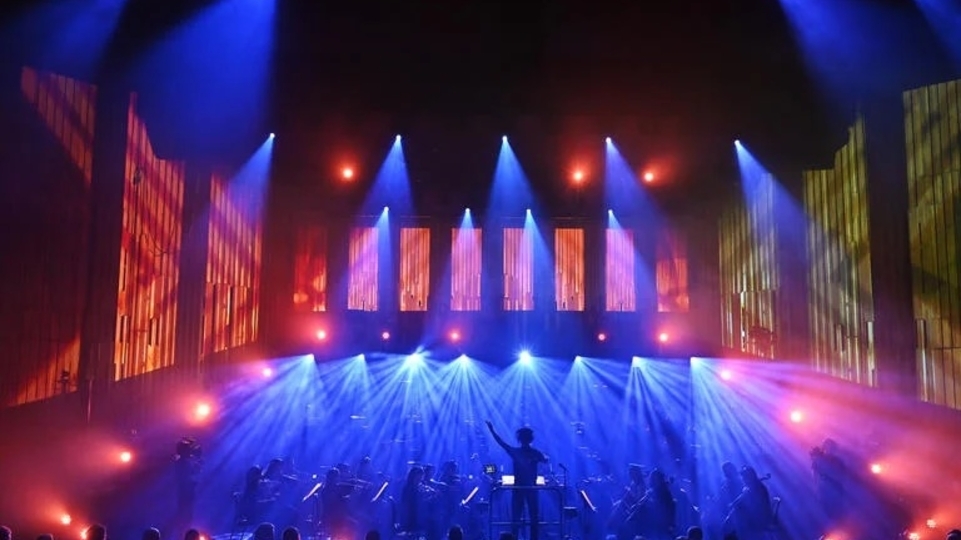
The Sound Of: 1985 Music
1985 Music is one of the most consistently excellent labels in bass music. Helmed by drum & bass maestro Alix Perez, it’s not only survived but thrived since he moved to the other side of the world from its core fanbase, thanks to his laser-focused approach to A&R and design. Here, alongside a mix from Perez, Ben Hindle learns about his winning formula
When Alix Perez takes to the roundhouse stage for the closing set of his 1985 Music party in January, it’s a landmark moment or both artist and label. Returning to the country where he made his name for the first time in many months, for the imprint’s biggest show yet, at an iconic London venue, it’s a testament to how his vision has developed into one of the leading outlets for bass music, and how it in turn has taken his already decorated artistry to new heights. Ringed by spotlights before a sea of monochrome-clad fans, shelling down dubstep and drum & bass in equal measure, he commands the room like a high priest. And as he comes up on eight years of 1985 and two decades of Alix Perez, it’s hard not to be impressed by what he’s built.
Originally from Belgium, Perez (real name: Alix Depauw) began releasing music when he moved to the UK in the mid-noughties. He came to fame via Friction’s Shogun Audio, part of a crew of young artists — alongside Icicle, Rockwell and SpectraSoul — that helped put the label on the map around the turn of the 2010s. It was there he released ‘1984’, a debut album that’s still held up among the genre’s finest some 15 years later.
But as the sound of the label changed and that era came to a close, Perez found himself somewhat in the wilderness creatively, and experimenting to find his groove again. It was via dBridge’s Exit Records that he discovered it, and soon after launched 1985 (pronounced One Nine Eight Five) as an outlet for his own material and that of others. It began a new period of ascent for Perez that’s not slowed down since, seeing him branch out across a broader spectrum of electronic music. “It just felt like the right time,” he says over Zoom from New Zealand, where he now lives, a few weeks after the Roundhouse gig. “I felt like I had a concrete following... like people are going to trust what I’m doing.”
Starting off with a run of his own solo and collaborative releases — including his noisy SHADES project with US beat disruptor EPROM and the heavyweight ‘Elephant Dreams’ EP with minimal d&b don Skeptical — 1985 expanded rapidly. French artist Monty was the first outsider to deliver a solo EP, having caught Perez’s ear by having a distinct sonic “identity”, and he’s been a key member of the family ever since. Halogenix, Fracture and Workforce are some of the more widely-known names to release on the label over the years, while others like Visages, CESCO, Drone, Bredren and SubMarine have become intrinsic to the 1985 story.
The label’s roster has swelled greatly thanks to regular compilation series, which Perez uses as testing grounds for new artists. Always running in three parts, the label has so far hosted the ‘Edition’ and ‘Atlas’ LP and ‘Folio’ and ‘Codex’ EP series, bringing in the likes of Metrodome, Trail and Hijinx, who’ve all gone on to sign solo works to the label.
“I always wanted to build something with other artists, because as much as I had a good relationship with some of the labels I worked with, there were a lot of things I felt didn’t really align with the way I was thinking,” explains Perez. “So it was about building a platform that is going to iron out the creases and offer something like a better relationship with the artists that I would take on; something a little bit more personal, and not controlling, but also a real understanding from artist to artist.”

One notable practice is not signing artists via exclusive contracts, something Perez describes as “archaic”. “We expect the loyalty, but if they want to leave, they can, and we can discuss things, and just be more human about it,” he explains. “If we treat them the right way, there’s no reason for them to leave.”
1985 has no shortage of artists eager to stick with it. Across vinyl and digital it’s become buy-on- sight, with a broad but congruous catalogue covering Reese-driven rollers, technoid halftime, jittery dubstep and much more. Highlights include ‘Not Alone’ — a slice of classic liquid d&b excellence from Perez, Fracture’s ice-cold juke cut ‘Shada Shada’ featuring Nah Eeto, Drone bringing unearthly sub-bass across various tempos on his incredible ‘Dance With The Devil’ album, Visages’ immense Strategy-voiced, d&b-to-dubstep heater ‘Lunar Eclipsed’, and the unnerving tones of Hijinx’s superb ‘Macabre’ EP.
What’s most impressive is the consistency. While the trend towards longer EPs across dance music has often resulted in releases of mixed quality, 1985 seems to deliver every time; it’s all killer, no filler. Perez’s curatorial style is to be “completely honest” about the music he’s sent. “I’m very cold in the sense that I’ll be like, ‘Yes, I like this track’. ‘No, I don’t like that track’, and moving very quickly,” he explains, believing it’s better for everyone to know where they stand. The result is a sound that feels ultra-modern with a calibre that never dips; across the catalogue, the production quality is crisp and clean even while the sonics are rugged and grimy, and experimentation is thoroughly encouraged.
“Visually, and sound-wise, it can be ominous, but it can also be light and nice,” Perez says of the overarching aesthetic. “My favourite music, especially in drum & bass, is the moody melancholic stuff, where you’re like, ‘Is it happy? Is it sad?’ Sometimes it goes dark, sometimes it goes light, and it’s not necessarily a tempo thing, I think the palette musically kind of just works.”
Design Utilising his degree in graphic design, Perez has created an equally cohesive and recognisable visual aspect for 1985. Artwork regularly draws from the aesthetics of punk and metal — skulls, scythes, religious symbology and jagged fonts, with colour reserved for rare splashes. But there’s also the kinds of photo and collage designs commonly found in industrial techno, flipping punk into cyberpunk.
This extends through 1985 Studios, an associated fashion line that incorporates some of the release art along with original designs. “It’s not merch anymore, it’s a brand itself,” says Perez. “They’re our own cuts; everything is custom, good quality, ethical.” He says that sourcing materials, manufacturers and the rest is almost a full-time job in itself, but well worth the effort. “Having a garment that looks amazing and feels amazing is like the same thing as hearing your track in a club.”
Which brings us back to the Roundhouse congregation — the tangible metric of a label’s success: the fans. The 1985 ‘look’ is so prevalent among them that on our walk up through Camden to the venue, we’re easily able to spot hundreds getting their pre-drinks in at the pubs and bars along the way. It looks and feels like an old-school subculture, something that’s been lost a bit in recent years.
There’s a level of dedication to the label and Perez that’s palpable — something that’s increased as he’s become a rare fixture on the UK circuit since moving to the other side of the world with his partner a few years ago. When he does come back, it’s all the more special for him too. “When I didn’t have the label and [I used to] play for a Critical show, or Exit, I always felt like I was playing for them and not for myself. I feel like now with 1985, you come to our event, and it’s about us. It’s about all the artists, and [the fans] attend to see us and hear what we do. We’ve carved our own lane and we don’t need to worry about pleasing anyone else,” he says, ensuring to give credit to all the artists, his label manager (and behind-the-scenes d&b legend) Amy Jayne, and the guys who originally helped him get 1985 started.
“That’s the beautiful thing about having the label and having all these amazing artists, and not even just the events, but a dedicated fan base — a true fan base,” he continues. “They really believe in what you do, and trust the output. They’re excited to see everyone, and we just do what we do. I never feel at our own events, ‘Are they liking this?’ Or, ‘Are we trying to please them? Should I play this track?’ No, we just literally roll out.”
